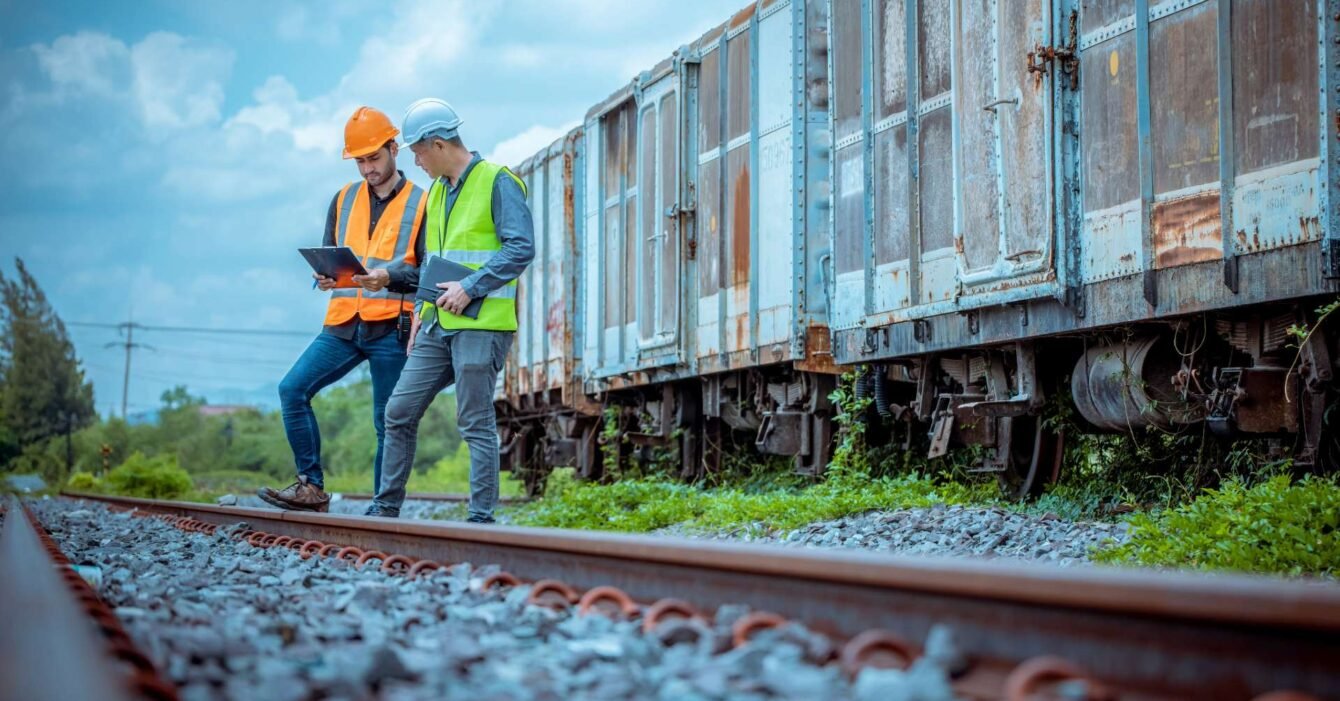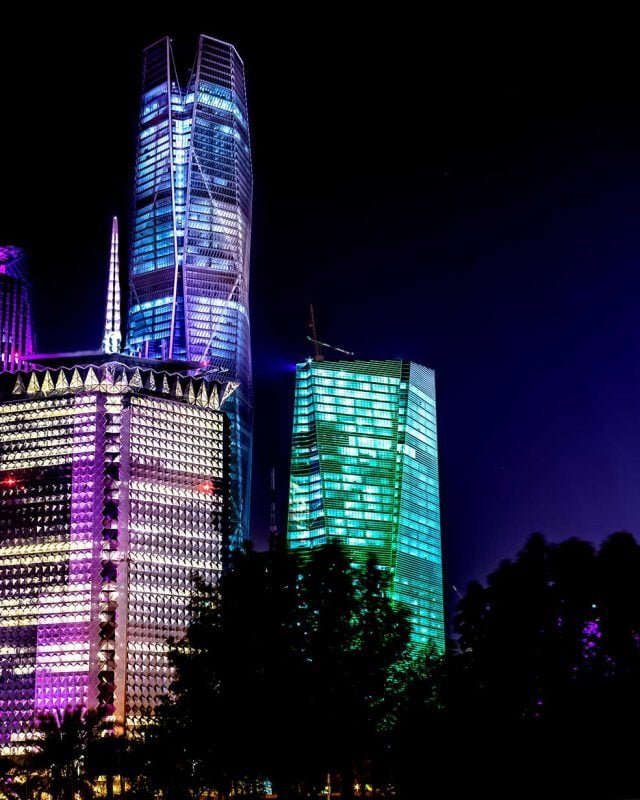Energy and Infrastructure Propel Saudi Arabia’s 2025 Construction Growth
Saudi Arabia’s construction sector is entering a year of expansion, with economic output projected to grow 4.4% in 2025. Leading the charge is the energy and utilities sector, expected to see a 5.6% real-term increase, as investments in power generation, water infrastructure, and renewables accelerate Saudi construction industry.
Momentum is also building in infrastructure construction, forecasted to rise 5.2%. Major developments in airports, rail networks, and roads underpin the sector’s trajectory, reinforcing Saudi Arabia’s ambitions to transform its transport landscape and enhance connectivity.
Beyond these headline figures, growth spans across residential, industrial, and commercial segments, each benefiting from strong investment activity:
- Industrial projects anticipate a 3.9% increase, fueled by logistics and manufacturing expansions.
- Housing developments will expand 3.8%, addressing urban demand and national housing priorities.
- Retail and commercial real estate will rise 3.7%, reflecting stronger consumer spending and business confidence.
Saudi Arabia’s SR1.3tn Budget Powers Construction Activity
Government spending remains a driving force behind the industry’s momentum. The recently approved SR1.3tn ($342.7bn) budget for 2025 channels significant funding into infrastructure, transport, and housing, reinforcing Saudi Arabia’s commitment to large-scale development.
Signs of accelerated industry activity are already visible. In 2024, 3,800 construction licences were issued, marking a strong pipeline of upcoming projects. These approvals highlight renewed investor confidence and a continued push for urban expansion.
In addition to domestic needs, Saudi Arabia’s preparations for global events—including Expo 2030 and FIFA World Cup 2034—are shaping construction priorities, driving investment across hospitality, transport, and mixed-use developments.
Dammam’s SR720m Freight Line Enhances Industrial Connectivity
Rail infrastructure is getting a major boost, as Saudi Arabian Railways (SAR) moves forward with a SR720m ($192m) freight expansion project in Dammam’s Second Industrial City.
This development includes a new freight yard and a dedicated freight line connecting the industrial district to the existing 556km-long Dammam-Riyadh railway, streamlining cargo movement and supporting the kingdom’s growing manufacturing and logistics sector.
The initiative aligns with Saudi Arabia’s broader ambitions to strengthen supply chain networks, modernize logistics infrastructure, and position itself as a central hub for regional trade.
Saudi Landbridge Moves Closer to Implementation with $7bn Investment
Rail expansion isn’t limited to Dammam—Saudi Arabia’s ambitious Saudi Landbridge railway project is advancing, backed by a $7bn investment.
The 1,500km railway network will revolutionize freight logistics, with a core 900km connection linking Riyadh and Jeddah, ensuring direct shipping access between King Abdullah Port and the capital.
Recent tender activity suggests progress is accelerating, with lead design consultancy contracts now in motion. Once completed, the project will streamline industrial shipping routes, enhance regional connectivity, and bolster Saudi Arabia’s export competitiveness.
Strategic Reprioritization Reshapes Saudi Construction Spending
While growth remains robust, 2024 marked a shift in spending dynamics. Saudi Arabia’s $850bn gigaprojects program saw moderated expenditure, as the Public Investment Fund (PIF) and other government-backed initiatives reassessed priorities.
The slowdown in contract awards reflects a measured approach to infrastructure spending. In 2024, $32.4bn worth of construction contracts were awarded, showing only a marginal increase over 2023’s $32.1bn total.
Despite this recalibration, the sector’s outlook remains strong. From 2026 to 2029, the Saudi construction industry is expected to maintain a 5.4% annual average growth rate, supported by government initiatives in tourism, housing, and industrial development.
Also Read: Breaking Ground: What’s Next for Saudi Infrastructure?



